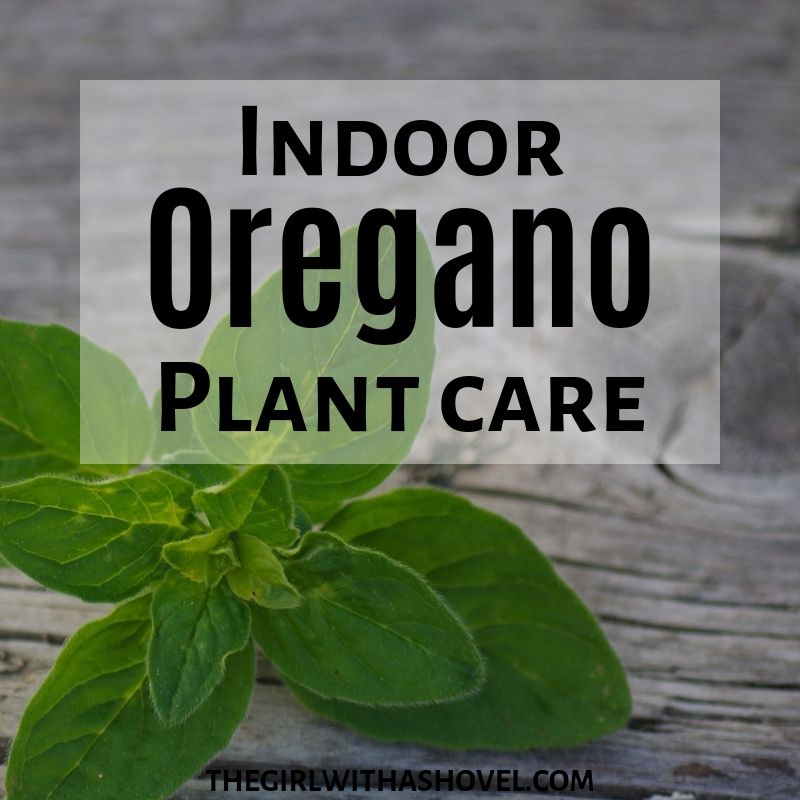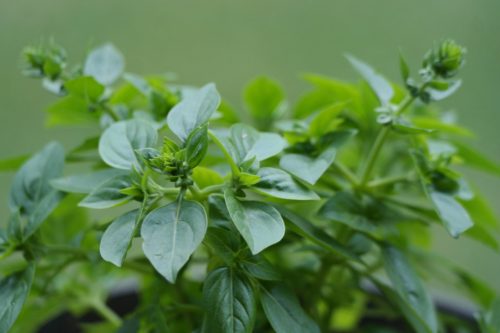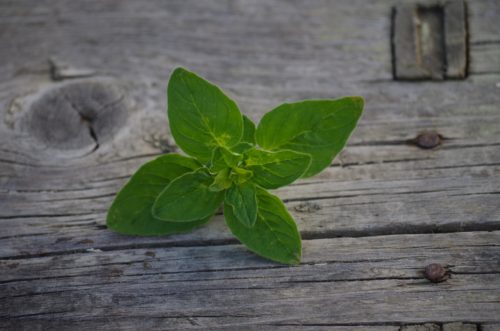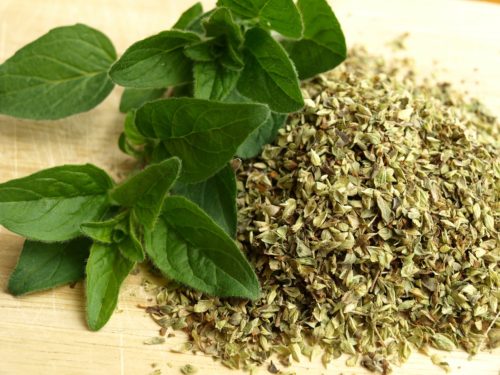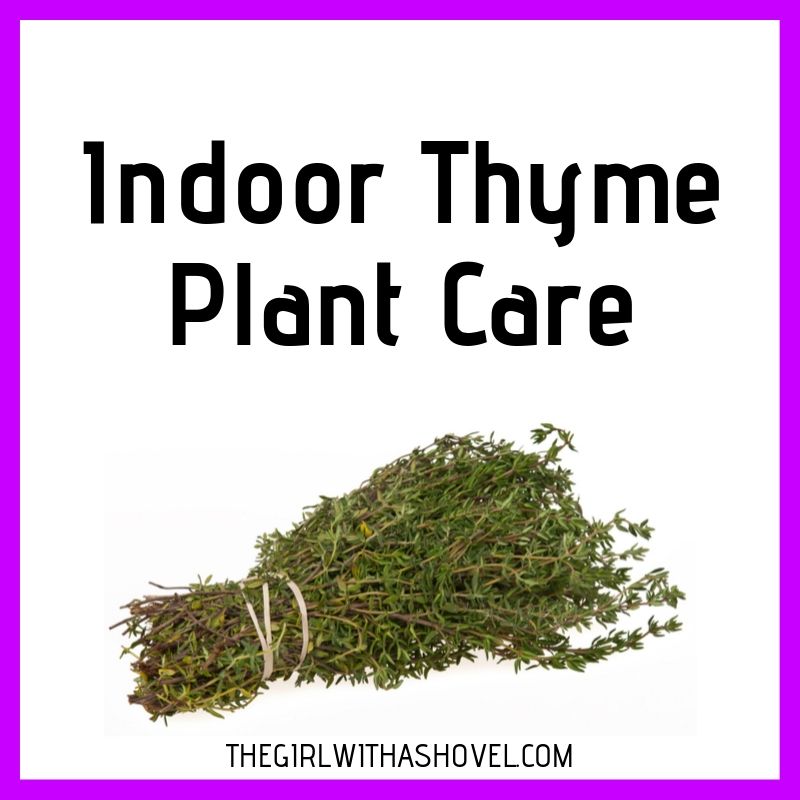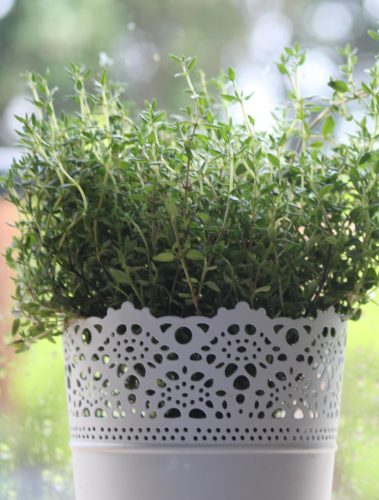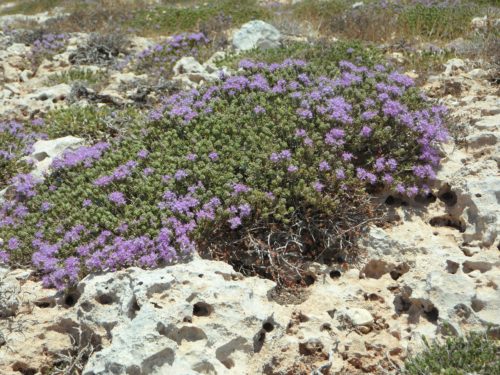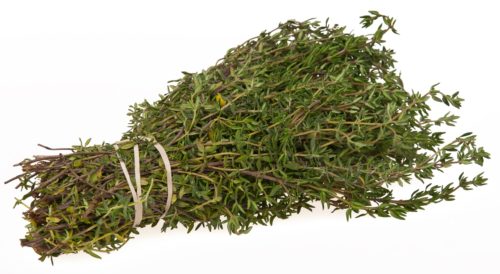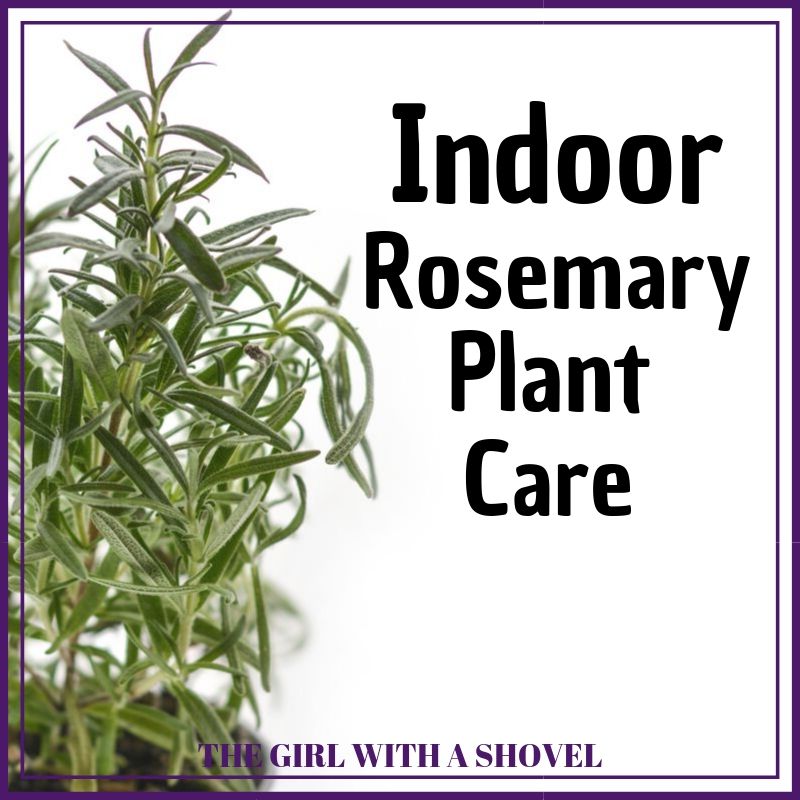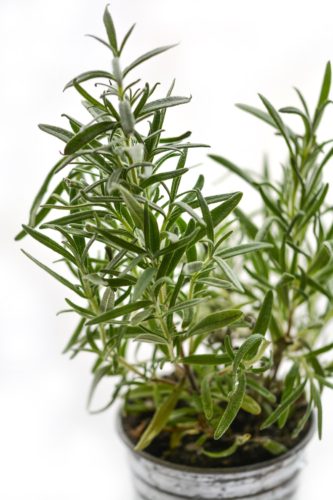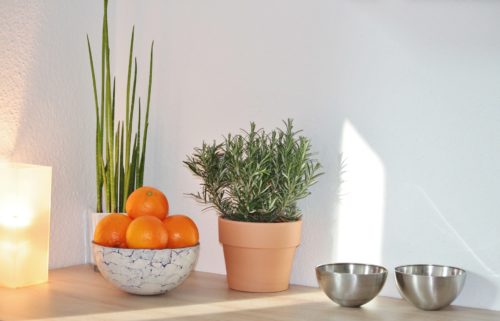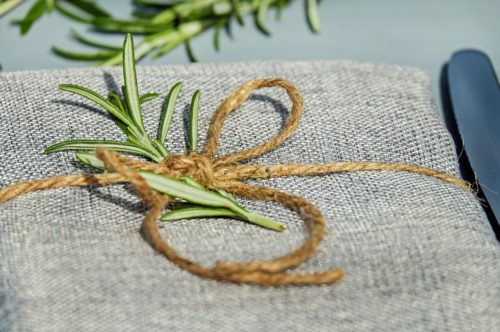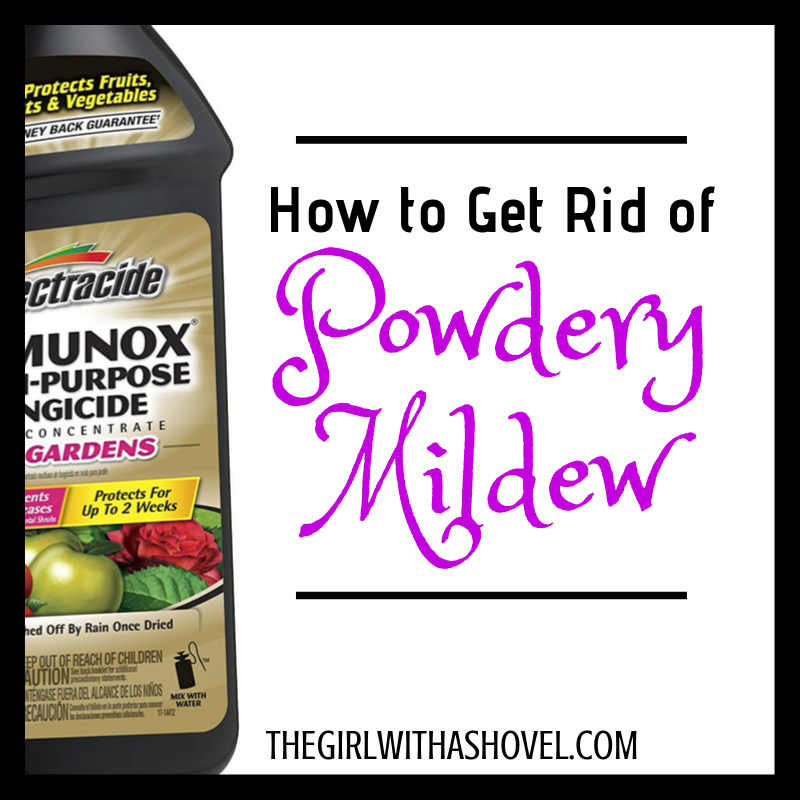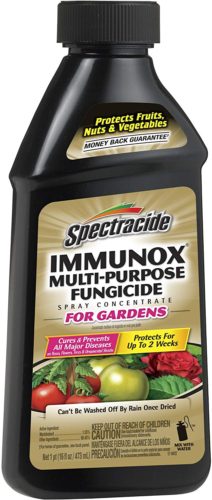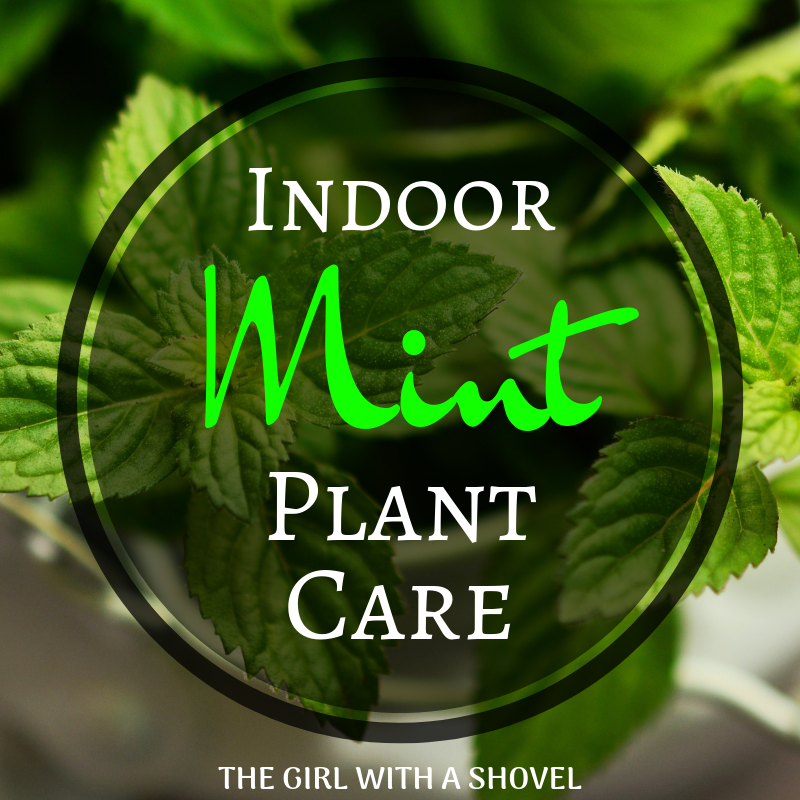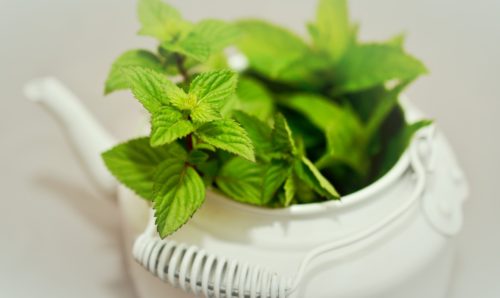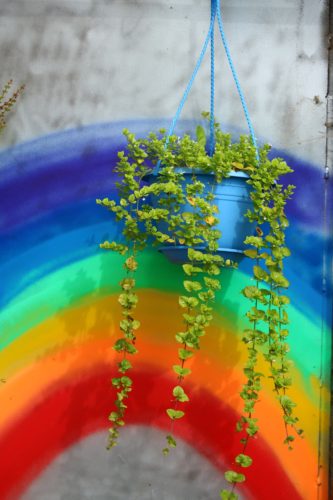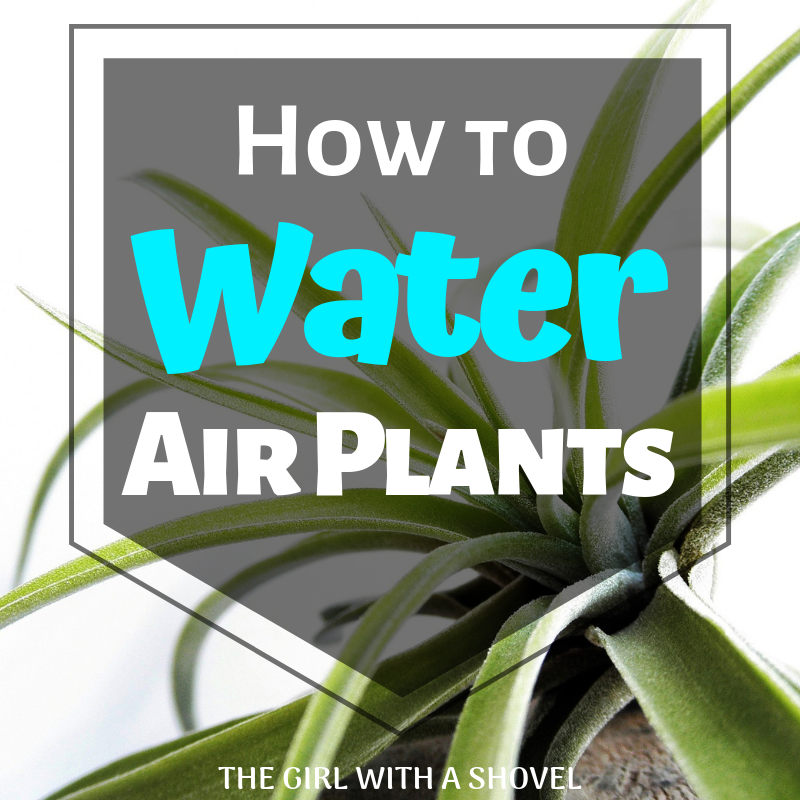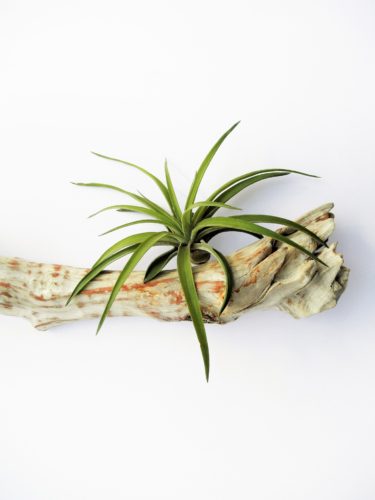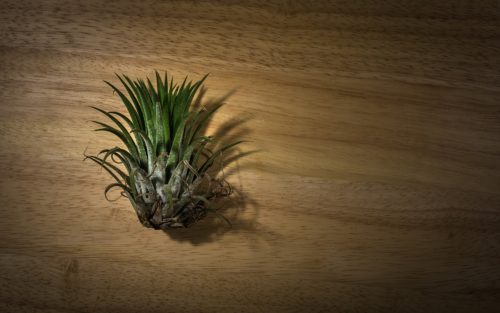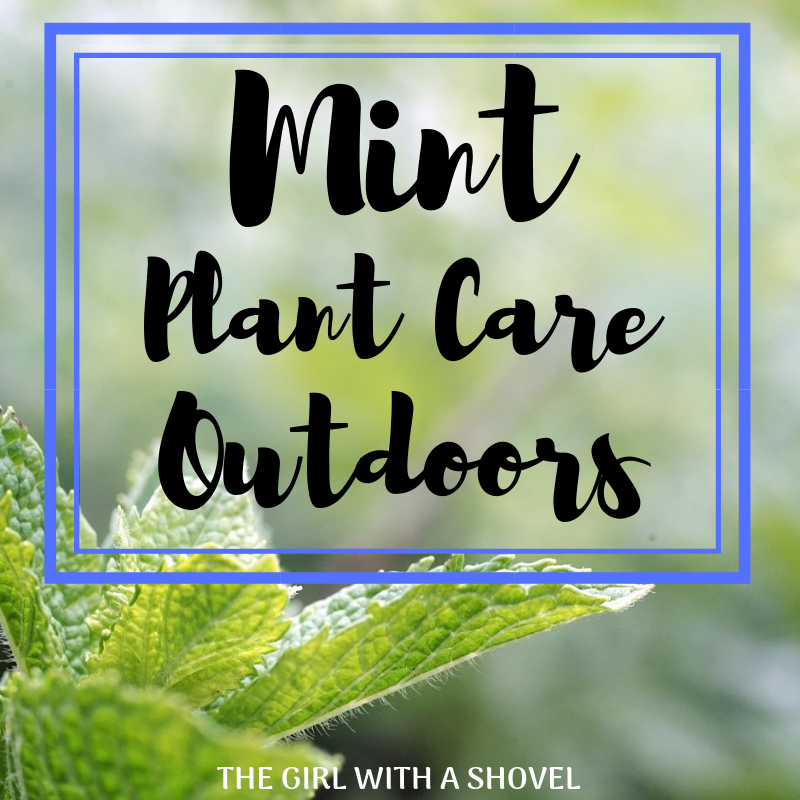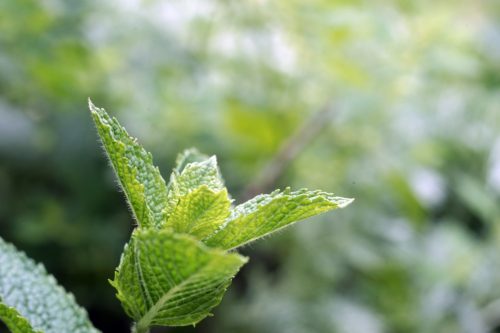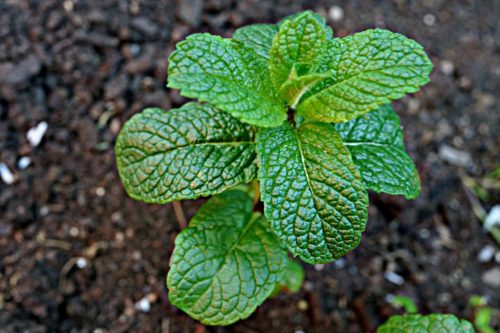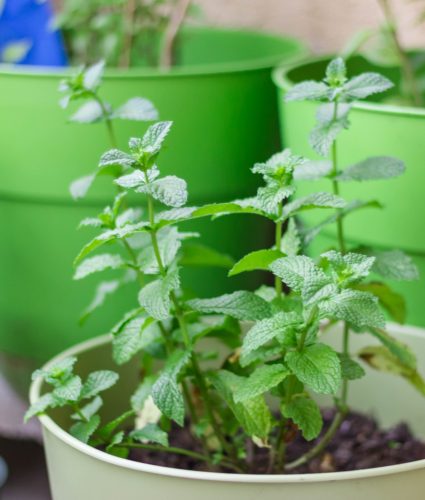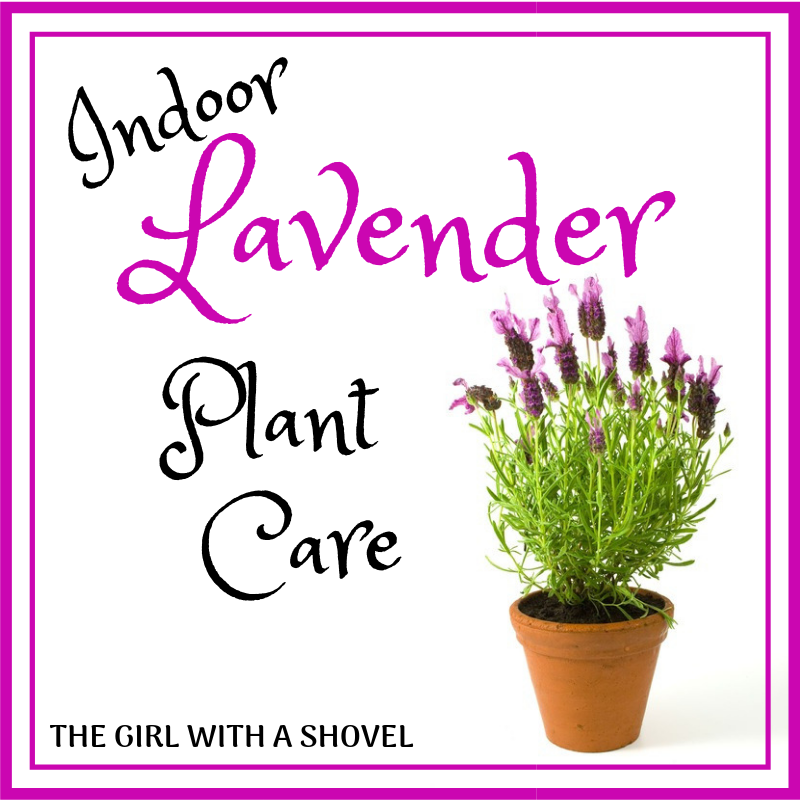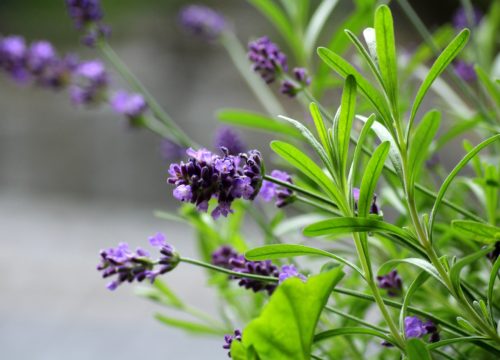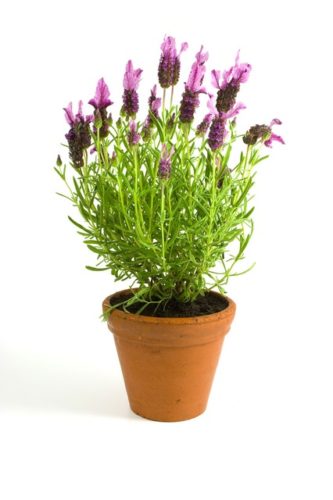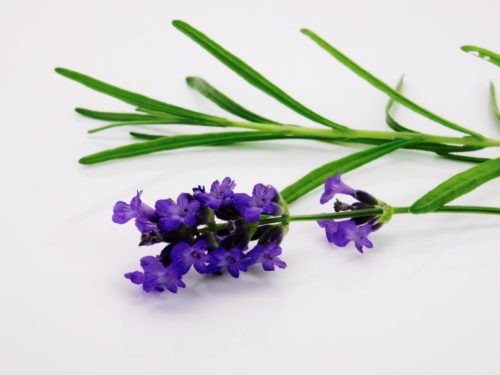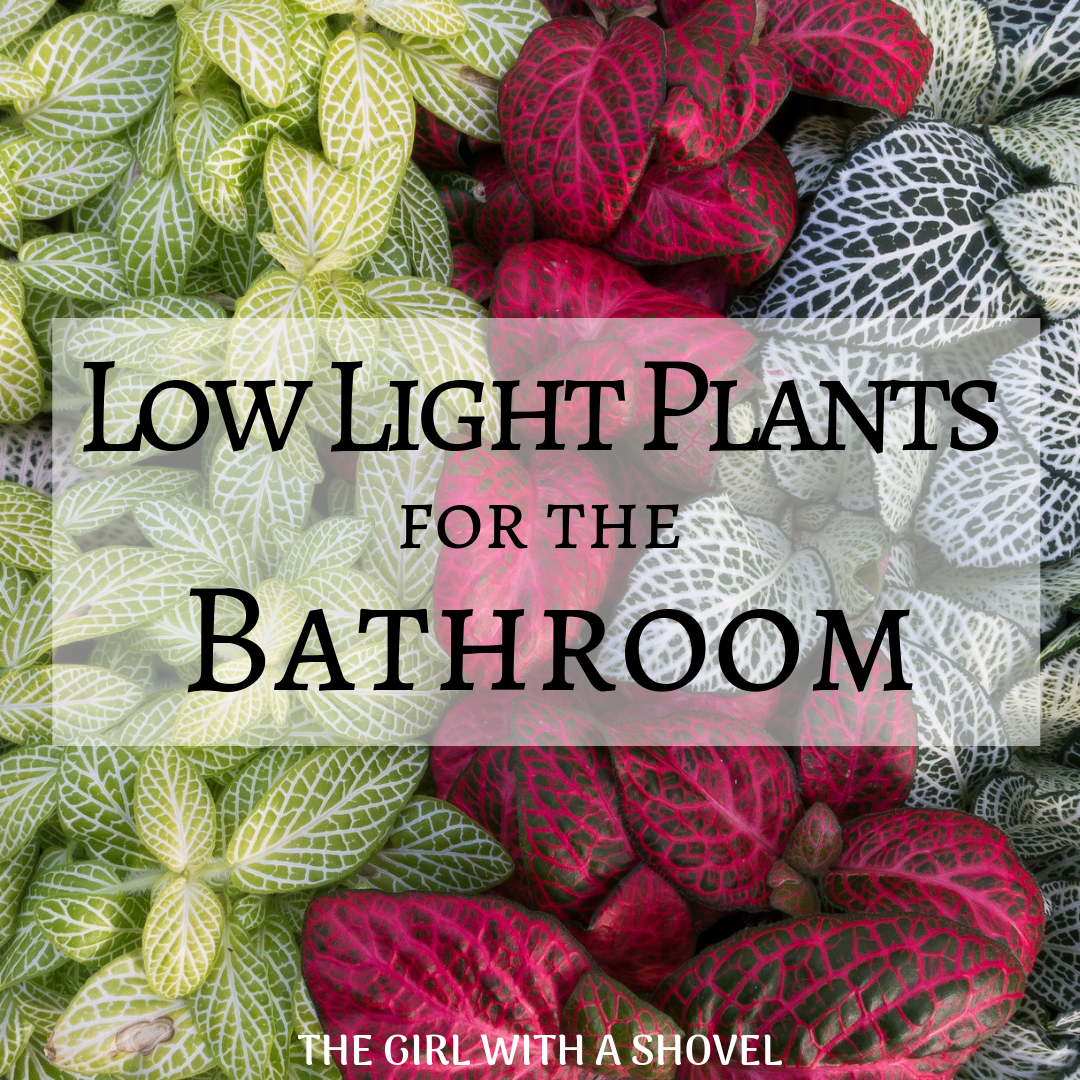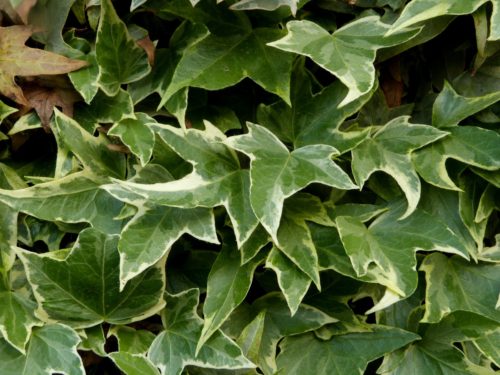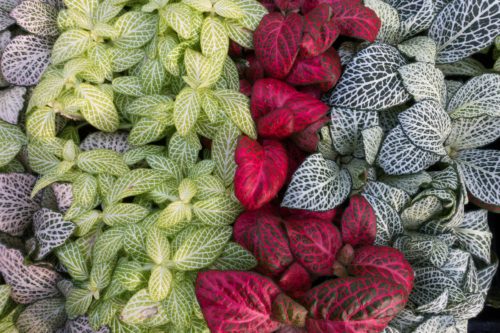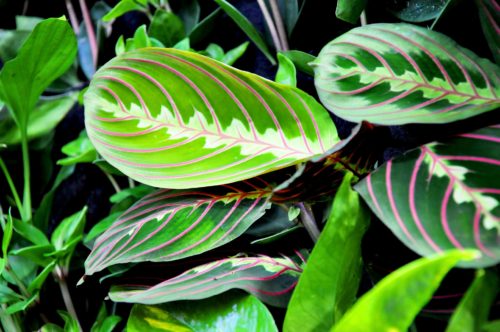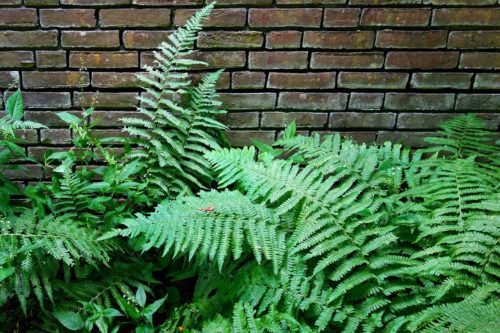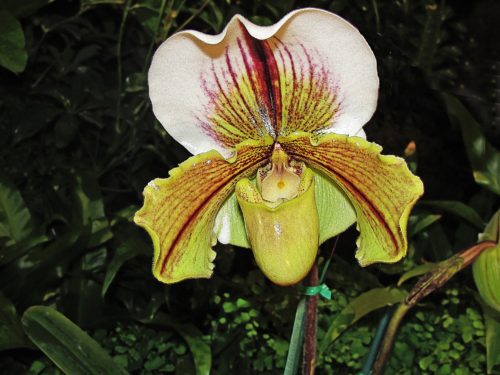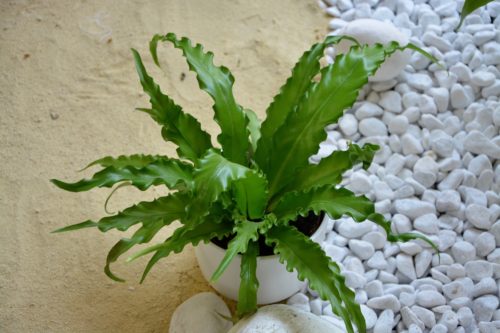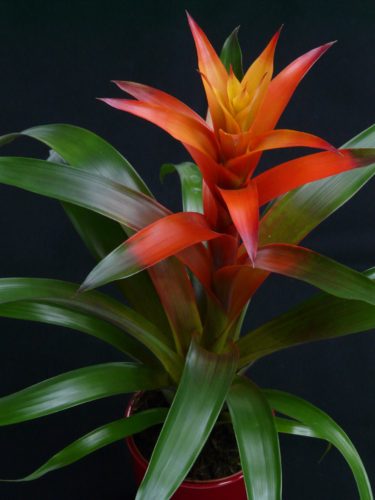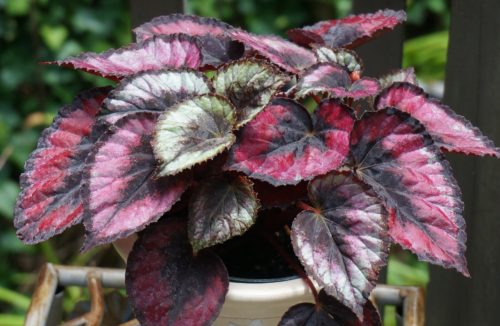Sometimes shopping for plant lovers can be difficult. Especially if you aren’t a plant-lover yourself, it can all be somewhat confusing. So I put together this list of 10 items that would all make a GREAT gift for a plant lover. Show them that you really care!
**Note: This post contains affiliate links, which if purchased, I will receive a portion of the profits. This helps me to keep providing awesome information to all of you!**
Face Plant/Glasses Holder
This is one of my FAVORITE pot ideas ever! Not only fun, but this pot is also very practical for those who wear glasses (I get it… I wore glasses my entire childhood…) Plus, pot it up with one of the best air-purifying plants, and your plant-lover friend will not only have a place for their special set of glasses or sunglasses, but they will also sleep better! It’s a win, win, win!!!
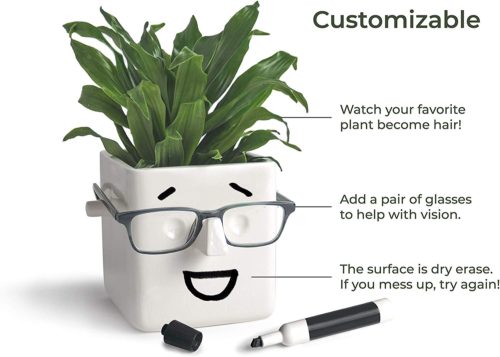
AeroGarden Countertop Hydroponic Herb System
For all those techie plant-lovers (we know you’re out there!) here’s the AMAZING hydroponic herb grower! This kit includes a set of starter herb seeds (6 pods) as well as the built-in LED plant lights that automatically turn on and off. This system will also remind you when you need to add more water, and when you need to add more plant food! Seriously, this high-tech herb planter makes it IMPOSSIBLE to fail!
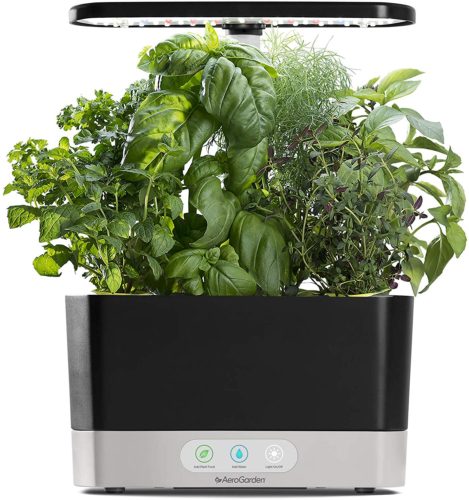
Pink Mini Garden Tool Set
Wondering why someone would need a miniature tool set? Honestly, this mini toolkit can be SUPER helpful. The main uses are in planting, cleaning, watering, and pruning small plants such as succulents, cacti, fairy garden plants, or small bonsai. The pink is perfect for women, but this company also has blue tools as well. Just make sure that whatever kit you end up purchasing, that it includes the mini watering nozzle. Trust me! These watering nozzles are a MUST for small indoor plants!
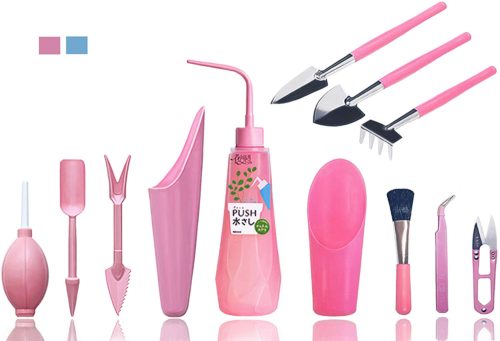
1-of-a-kind Red Copper Plated Birch Leaf Necklace
This necklace is truly remarkable! It isn’t just made from a mold like other necklaces. The producers hand-pick a birch leaf, press and dry it, remove the chlorophyll, then plate it in red copper. You are buying an actual leaf! Preserved forever in it’s one-of-a-kind design! Be aware… no two necklaces are the same! Sorry about all the exclamation points… I just LOVE this necklace!!!

Vintage Plant Mister
This GORGEOUS plant mister is useful for anyone who owns a palm, fern, or other high-humidity plant. But this vintage mister is also a decor piece for anyone who uses their plants as a design aspect to their home! Leave it on any shelf to add to the decor and to show off to your friends! Such a dazzling gift for a plant lover!
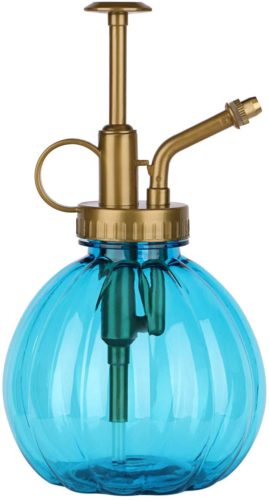
Organic Cat Grass Growing Kit
Give your plant lover something to give to their plant loving furry friend! I know cats can cause quite a bit of damage when they snack on your plants… so try giving them something they CAN munch on! Cat grass provides your pet with essential vitamins and minerals that most indoor cats don’t have access to. So get them away from your other plants by treating them with their own scrumptious greens!
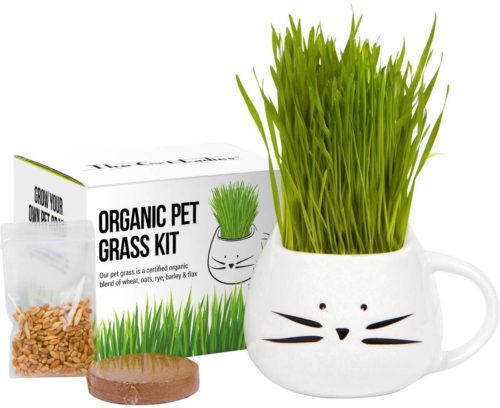
Succ without You Pot and Plant
This cute little gift not only comes with the endearing pot, but it also comes with a live echeveria succulent! Spoil that special someone by letting them know you care… and having them be reminded of that every time they water their plant! Oh… so much love!!!
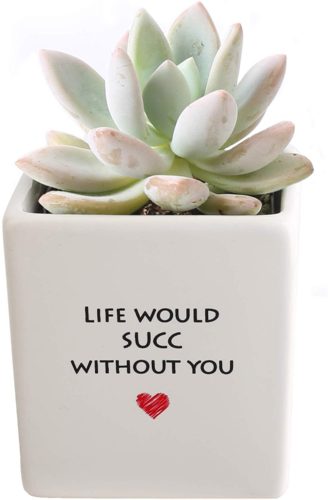
Bonsai Tree Seed Starter Kit
This kit is perfect for any plant-lover who wants to grow a few bonsai trees! This kit includes everything you need to grow 4 different bonsai tree species, as well as instructions that will help you along the way! Definitely a great gift for the more experimental or adventurous plant lover!
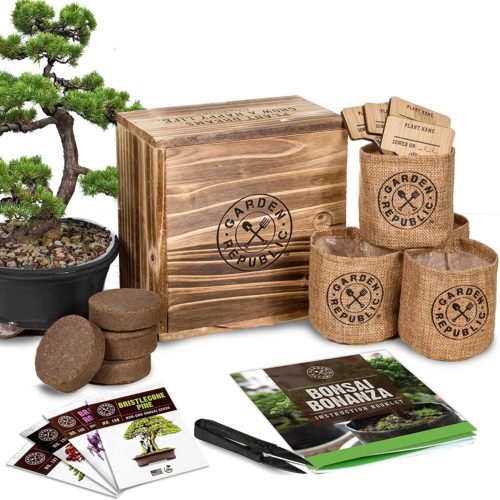
It’s Not Hoarding if it’s Plants Mug
This is a great gift to give during those cold, winter months! Make your friend/relative/significant other smile with this cute plant mug! For all of us plant-lovers who can admit that they probably have a lot of plants… but still need more!
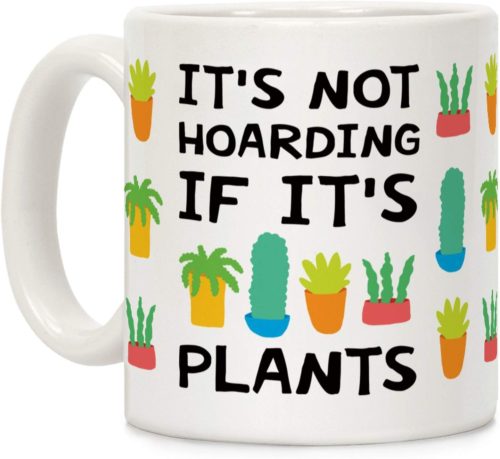
Galison 1000pc Houseplant Jungle Jigsaw Puzzle
This plant puzzle is a collage of over 50 different plants! Bring out your true plant nerd as you challenge your brain with this amazing adult puzzle! Final dimensions are 20″ x 27″. The perfect gift for a plant lover who also enjoys puzzling!
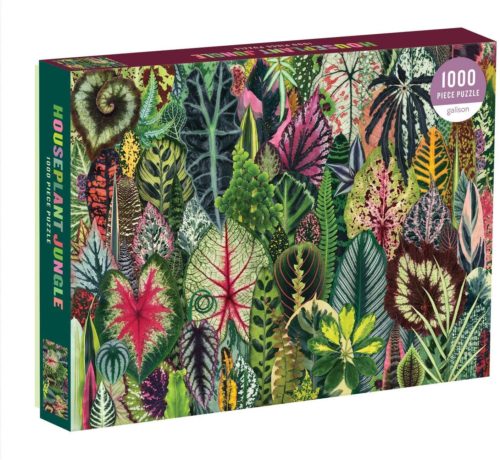
I hope you’ve found inspiration for what to buy for your plant-lover! Believe me… anything from this list will get them smiling and excited! Because there’s nothing more loving than recognizing and supporting each others’ hobbies. So pick out one of these gifts, and let me know how it goes! AND… since I’m really rooting for you… if you haven’t been inspired by any of these gifts, you can find some more gift ideas here!
Happy Digging!


